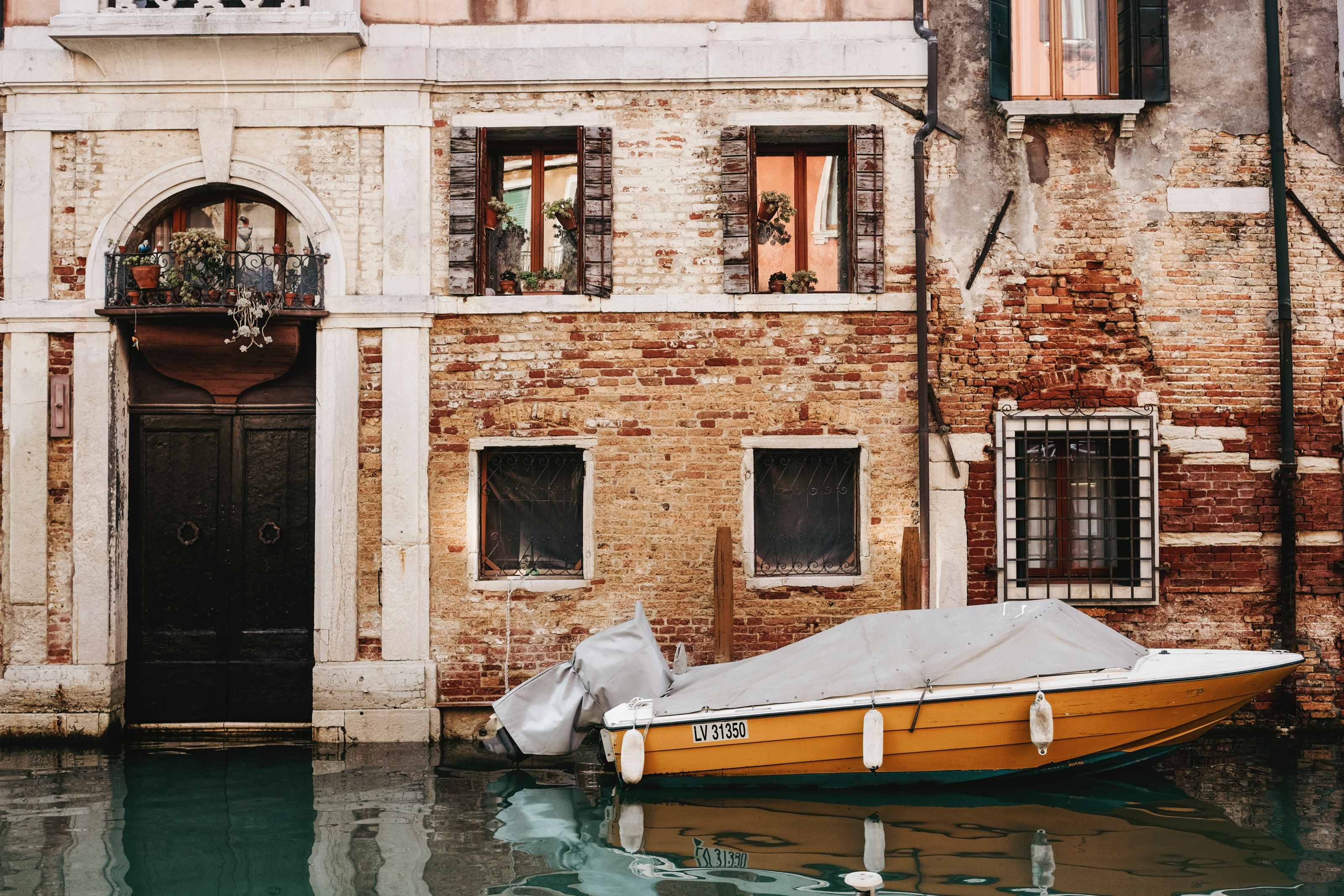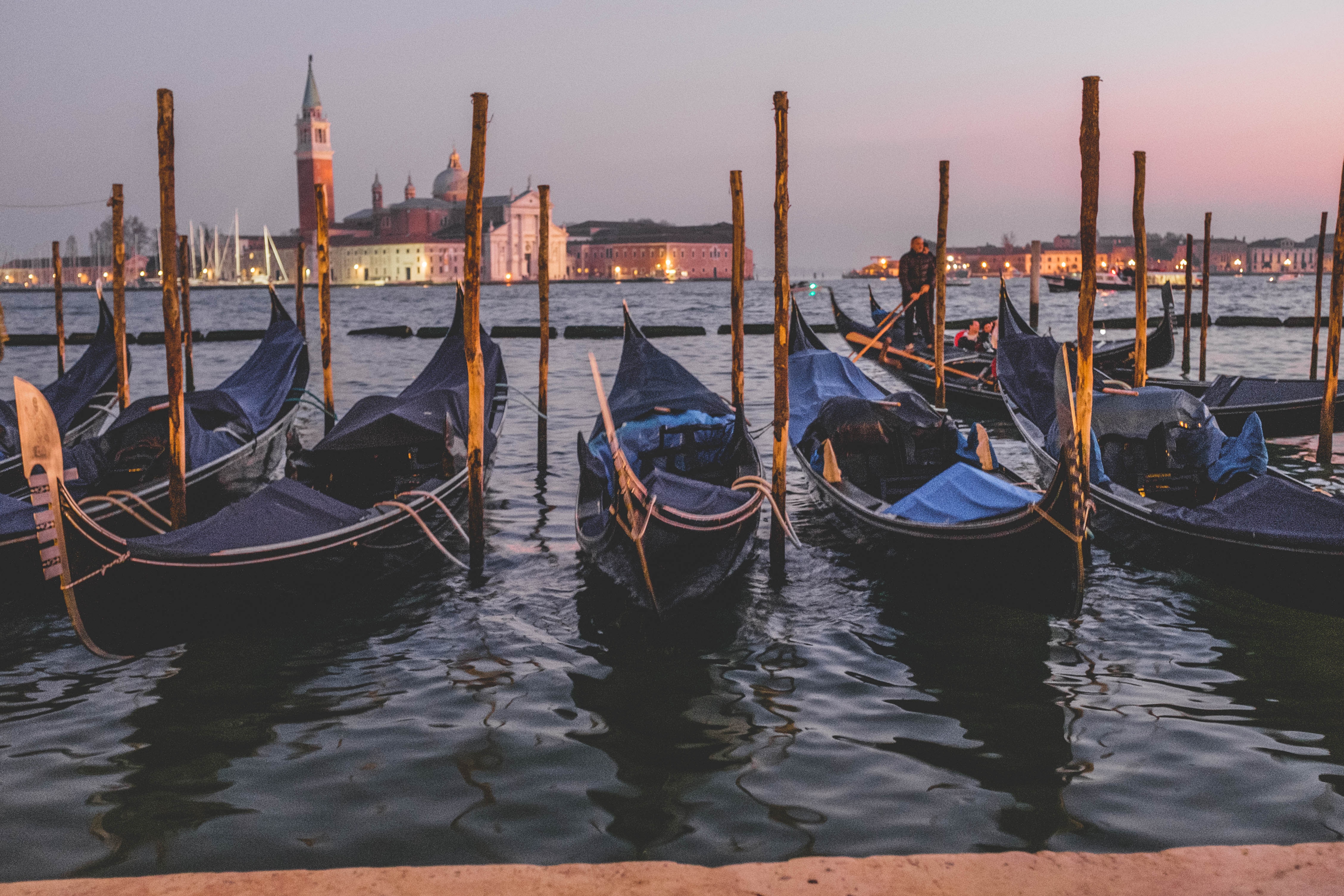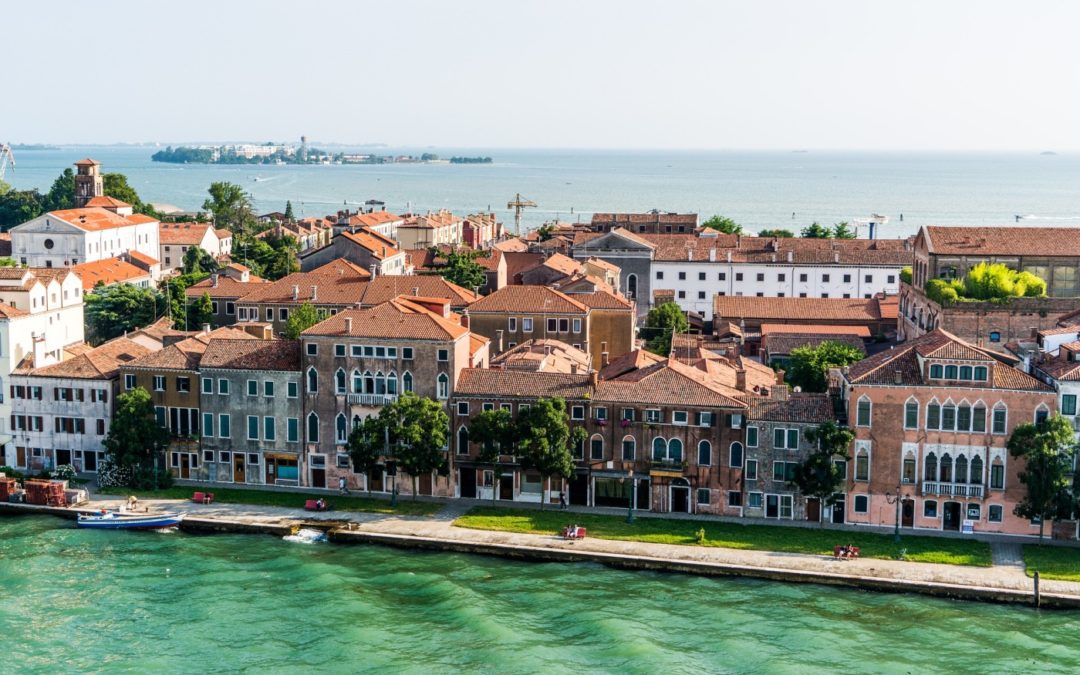Venice
Tightly nestled in a lagoon, in the Adriatic Sea, lies the iconic “Floating City” known as Venice. 118 small islands infiltrated by skinny canals and linked together by over 400 hundred bridges. Venice, Italian Venezia, city, major seaport, and capital of both the province of Venezia and the region of Veneto, northern Italy, it was once the centre of a maritime republic. It was the greatest seaport in late medieval Europe and the continent’s commercial and cultural link with Asia. Venice is unique environmentally, architecturally, and historically, and in its days as a republic the city was styled la serenissima- “the most serene” or “sublime”. It remains a major Italian port in the northern Adriatic Sea and is one of the world’s oldest tourist and cultural centres.
Aside from the infamous trademark must see’s on every Venice To Do list, which of course include St. Mark’s Basilica, Rialto Bridge, and the Grand Canal to name only a few, Passport & Duffel Bag has consolidated our own list of what you simply can’t miss while visiting Venice. We have been to this gorgeous and monumental city and we would be elated to help you plan your ideal Venetian vacation!

10 Things Not Everyone Will See & Do
- Participate in some Vagary! Pick a starting point and purposely get lost. Take a left, cross the next bridge you see, walk straight a few blocks if possible, cut a left and don’t stop until you hit some water! As you wander you will find hidden “nooks and crannies” off the tourist path giving you the chance to explore small courtyards, quite canals, tiny cafes, and one of a kind shops, or simply dip your toes in the water and snap a great photo.
- Find a view of Venice’s Ca’Sagredo Hotel where a brand new art installation hugs the 14th century walls, addressing a modern problem faced by a centuries-old city. A pair of 5,000-pound white hands, finished with creases, fingernails, and other fine detail called “Support,” were created by artist Lorenzo Quinn. The human hands appear to prop up the historic hotel from falling into the water, symbolizing the threat that climate change has on history, but also the power that mankind has to stop it. The sculptor intentionally based the shape of the hands after his children, to show the innocence, and power, of the next generation. Originally molded in a Barcelona studio, “Support” was transported by boat to the Grand Canal, where it will remain only until November 26, 2017!
- If the season is right, spend some time at Lido di Venezia- a barrier island that separates the Venetian Lagoon from the Adriatic Sea. By vaporetto or public water bus, it’s only a few minutes from Venice’s historic center and is the beach of Venice. This island shelters the lagoon from the Adriatic Sea, and is famous for its Movie Festival which is held every year between the end of August and the first week of September. In 1920 it was the most important beach in Italy, due to its aristocratic atmosphere.
- If time allows you to venture take a day trip to Burano- an absolutely cheery island full of colorful fisherman’s homes and famous for its handmade lace work. It’s a half-hour trip from the island of Venice by boat, but sadly it suffers from severe acqua alta, or flooding, each winter. Also, many members of Burano’s new generations are moving to the mainland, so go now because in the very near future Burano may be lost.
- Do “happy hour” Venetian style. Italians are assiduous frequenters of their favourite bar for evening aperitivi. At aperitivo time Venice’s cool crowd line up drinks and cicheti (snacks) in the bars at the north-western foot of the Rialto bridge. We highly recommend you stake your claim at Osteria Bancogiro. If not for apertivi then definitely for dinner, but make reservations!
- Definitely take a gondola ride and get serenaded. They are worthy of all the hype and can be booked well in advance.
- Buy some Morano glass, jewelry, a Venetian painting, or beautiful hand made lace.
- Buy a ticket for the #1 Vaporetto and take a cheap but still fantastic scenic ride on the Grand Canal which divides Venice into two.
- If your a book lover visit Libreria Acqua Alta. The self-proclaimed “most beautiful bookstore in the world” is composed of a number of over-stuffed rooms stacked wall-to-wall with books, magazines, maps and other ephemera. Due to Venice’s constant flooding however, these picturesque piles are all placed inside bathtubs, waterproof bins, and in one room a full-size gondola. The name itself even means “Book Store of High Water.” When the local waterways do rise to fill the well-known store, it can rise inches off the floor, which would destroy any other collection.
- Take a photo from Scala Contarini del Bovolo. Hidden in the center of Venice, unknown to most tourists, is a spiraling “snail” staircase that winds up the tower-like facade of a historic palazzo. It was so unique at the time it was built- at the very end of the 15th century, that it’s responsible for naming both the palace it’s attached to and the entire branch of the Contarini noble family that lived there.

Today Venice is recognized as part of the artistic and architectural masterpieces of the world, a fitting role for a city whose thousand-year economic and political independence was sustained by its role in global trading. The situation of the city on islands has limited modern suburban spread, and its framework of canals and narrow streets has prevented the intrusion of automobiles. The unmatched wealth of fine buildings and monuments has ensured a keen and almost universal desire for sensitive conservation. This concern has now extended not just to the city’s monuments but to the very city itself, as rising water levels and subsidence of the land upon which Venice is built threaten the continued existence of the city in its present form. In 1987 Venice and its lagoon were collectively designated a UNESCO World Heritage site, and may be viewed as a fragile and impermanent landmark in our ever changing world.

